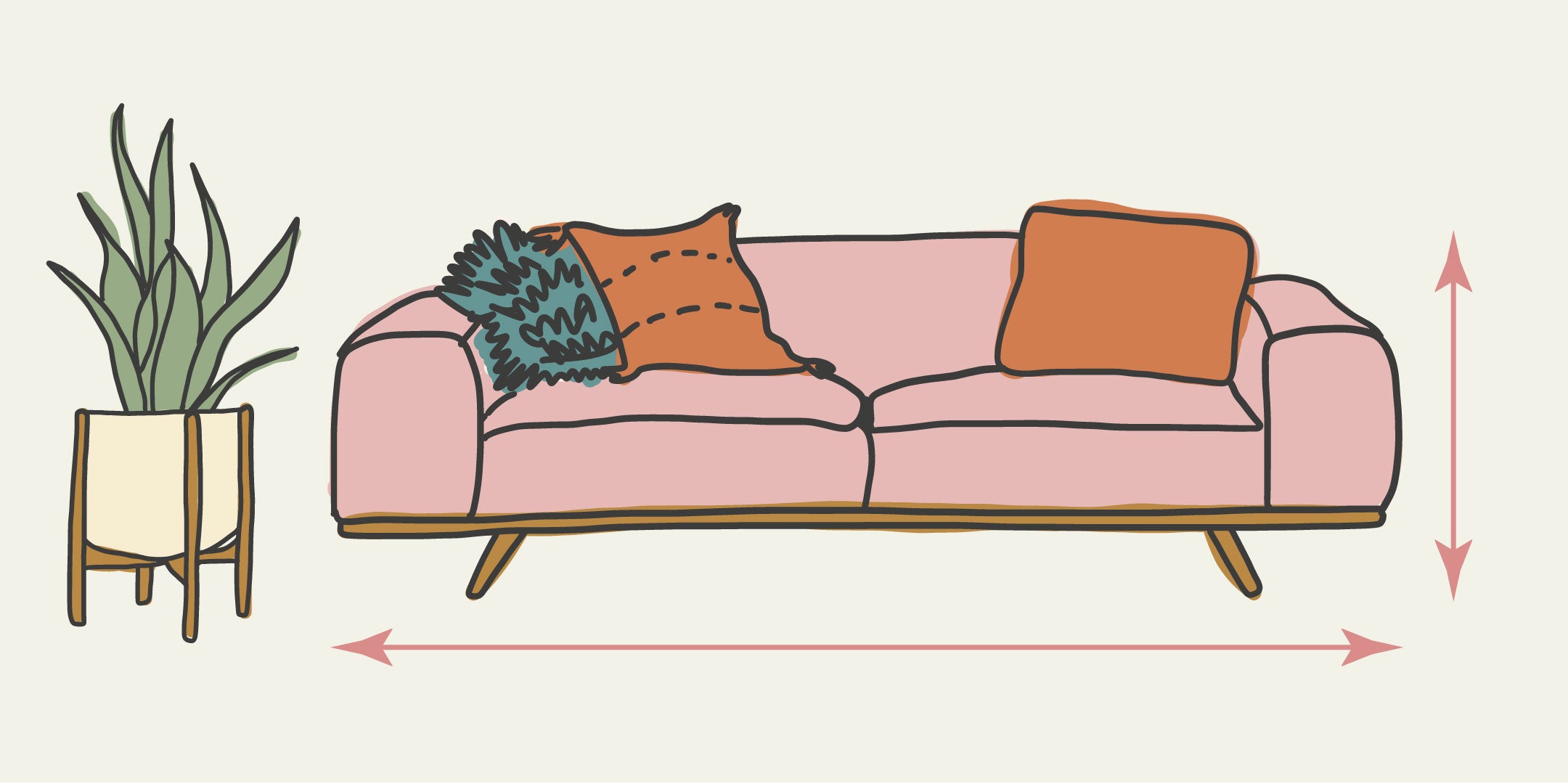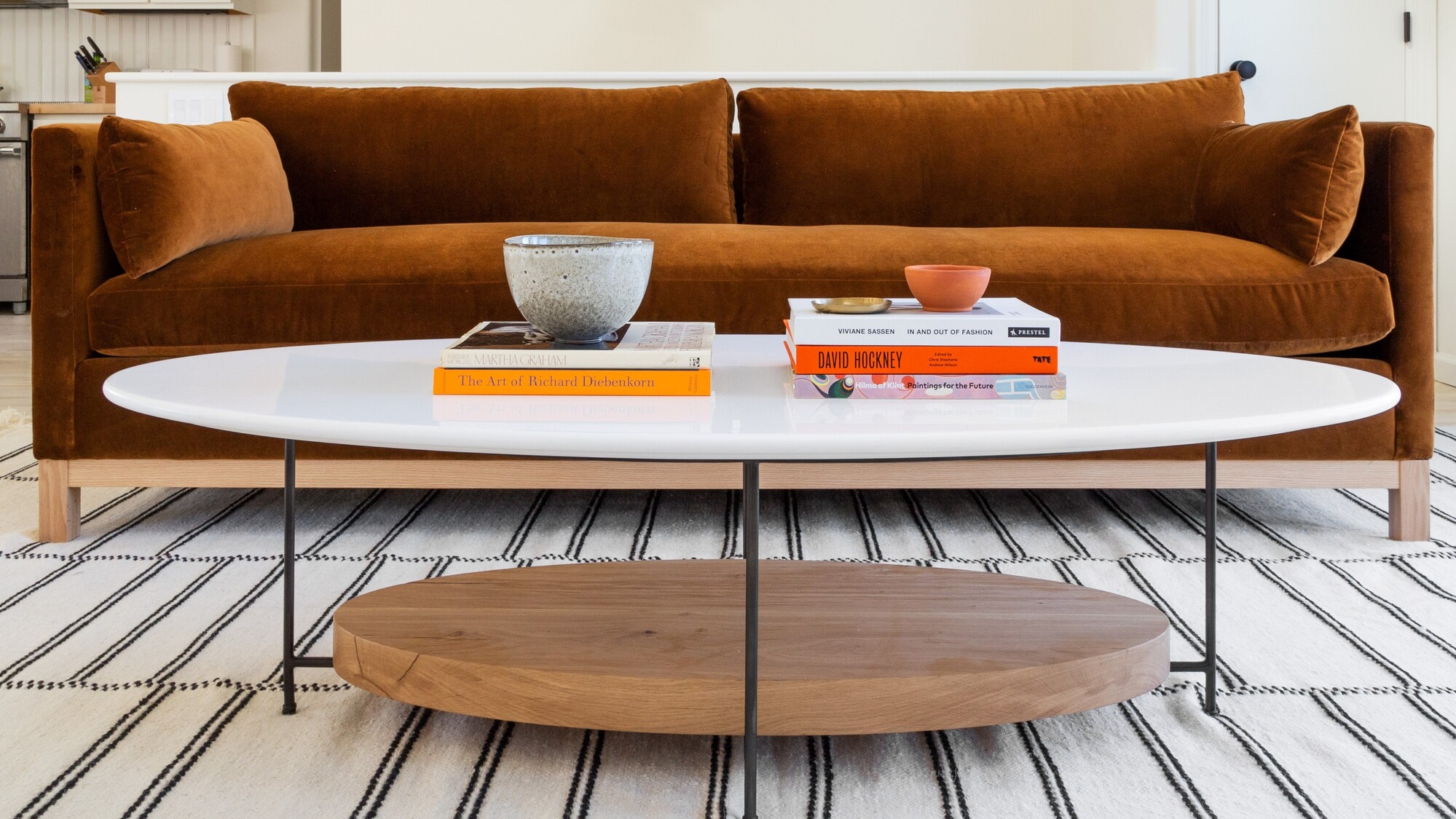Introduction
When it comes to choosing a sofa for your living space, getting the right size is essential for both comfort and aesthetics. The standard sofa length plays a crucial role in determining how well it fits into your room and complements the overall design. Let’s delve deeper into understanding the standard sofa length and how to find the perfect fit for your living space.
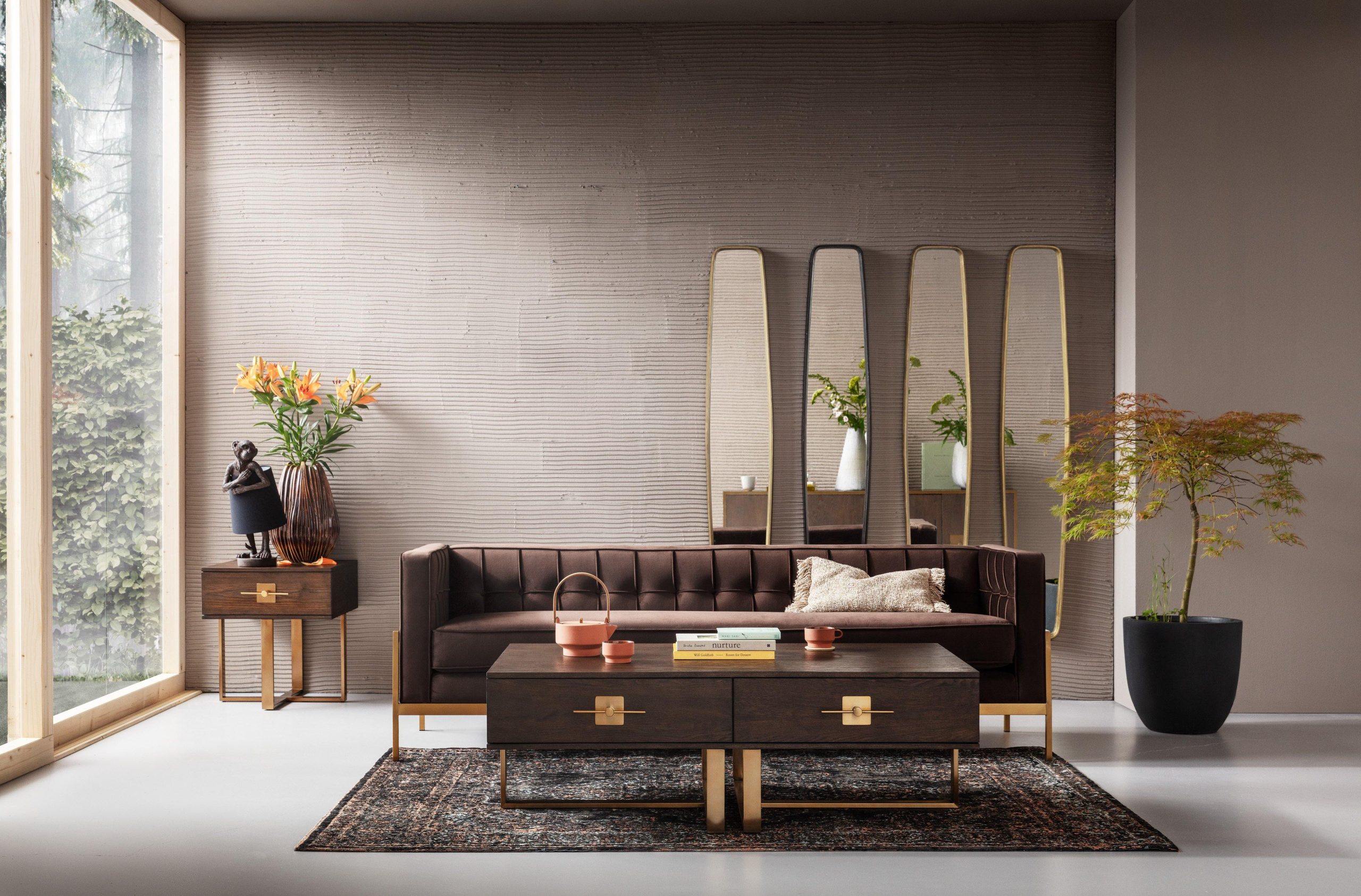
Understanding Standard Sofa Lengths:
- Typical Dimensions: Standard sofas typically range in length from around 70 inches to 96 inches. However, the exact length can vary depending on the style and design of the sofa. For example, a traditional sofa may be longer and deeper than a modern or compact sofa.
- Three-Seater vs. Two-Seater: Three-seater sofas are generally around 84 inches to 96 inches long and can comfortably seat three adults. On the other hand, two-seater sofas are typically between 60 inches to 72 inches long and are ideal for smaller spaces or for pairing with other seating options like armchairs or loveseats.
- Apartment Size Sofas: For apartments or smaller living rooms, there are also apartment size sofas available, which are typically around 72 inches or less in length. These sofas are designed to provide seating without overwhelming the space, making them perfect for cozy apartments or compact living areas.
- Sectional Sofas: Sectional sofas come in various configurations and lengths. While some sections may be standard sofa length, others may be shorter or longer to accommodate different seating arrangements. When considering a sectional sofa, it’s essential to measure your space carefully to ensure that it fits comfortably without overcrowding the room.
Tips for Finding the Perfect Sofa Length:
- Measure Your Space: Before purchasing a sofa, measure the dimensions of your living room, including the length, width, and height. Consider the placement of doors, windows, and other furniture to determine how much space you have available for a sofa.
- Allow for Movement: Leave enough space around the sofa for comfortable movement and flow of traffic. A general rule of thumb is to leave at least 18 inches of space between the sofa and coffee tables or other furniture to prevent a cramped feel.
- Consider Proportions: The size of your sofa should be proportionate to the size of your room and other furniture pieces. A large sofa in a small room can overpower the space, while a small sofa in a large room may look lost. Aim for balance and harmony in your furniture arrangement.
- Think About Functionality: Determine how you plan to use the sofa. If you frequently entertain guests or have a large family, a spacious three-seater sofa may be the best option. However, if you live alone or in a small space, a compact sofa or sectional with a chaise lounge may be more suitable.
- Try Before You Buy: Whenever possible, test out sofas in person to assess their comfort level and proportions. Sit on the sofa, lean back, and imagine how it would look and feel in your living room. This hands-on approach can help you make an informed decision.
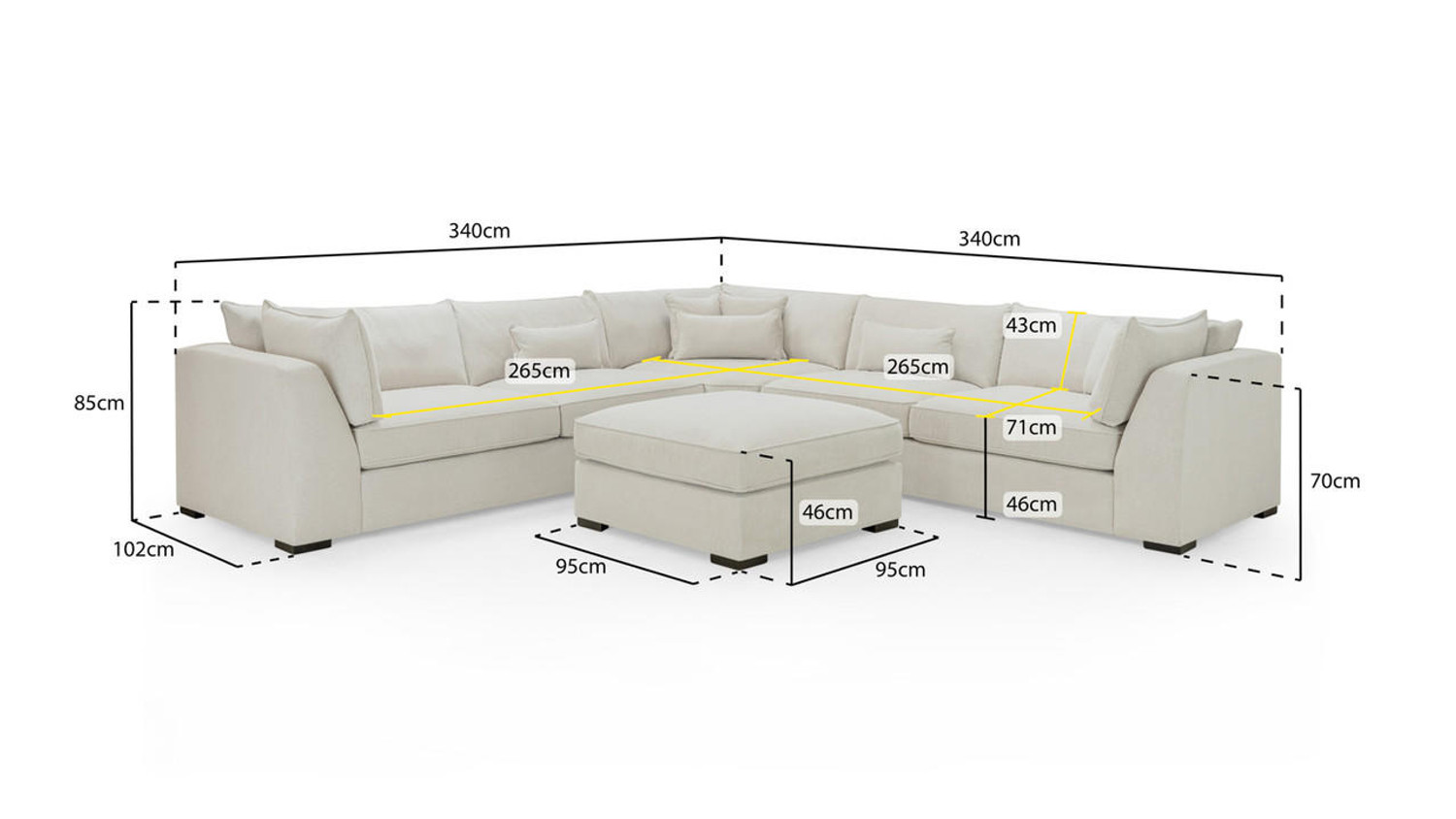
Custom Lengths:
- Tailored to Fit: Work with furniture manufacturers or retailers that offer customization options. This allows you to specify the exact length of your sofa to fit your space perfectly, whether it’s slightly shorter or longer than standard sizes.
- Modular Sofas: Opt for modular sofas that allow you to mix and match different sections to create a sofa of your desired length. This flexibility enables you to adapt the sofa to various room layouts and configurations.
Unique Designs:
- Curved Sofas: Consider non-traditional shapes like curved sofas, which can add visual interest to your living space. While not commonly found in standard lengths, curved sofas can be custom-made to fit your specific dimensions.
- L-Shaped or U-Shaped Sofas: For larger living areas or open-concept spaces, L-shaped or U-shaped sofas offer ample seating and a contemporary look. These configurations may require custom sizing to ensure a perfect fit.
Personalized Features:
- Built-in Storage: Customize your sofa with built-in storage compartments or hidden drawers to maximize space efficiency. This is especially useful for smaller rooms where additional storage is valuable.
- Adjustable Backrests or Armrests: Explore sofas with adjustable backrests or armrests, allowing you to customize the seating experience based on your preferences and comfort needs.
Fabric and Upholstery:
- Endless Fabric Options: Choose from a wide range of fabrics and upholstery materials to customize the look and feel of your sofa. Whether you prefer luxurious velvet, durable leather, or cozy linen, customization allows you to create a sofa that reflects your style.
- Mix and Match: Get creative with fabric combinations by mixing and matching different textures, patterns, and colors. Customization gives you the freedom to design a sofa that complements your existing decor and reflects your personality.
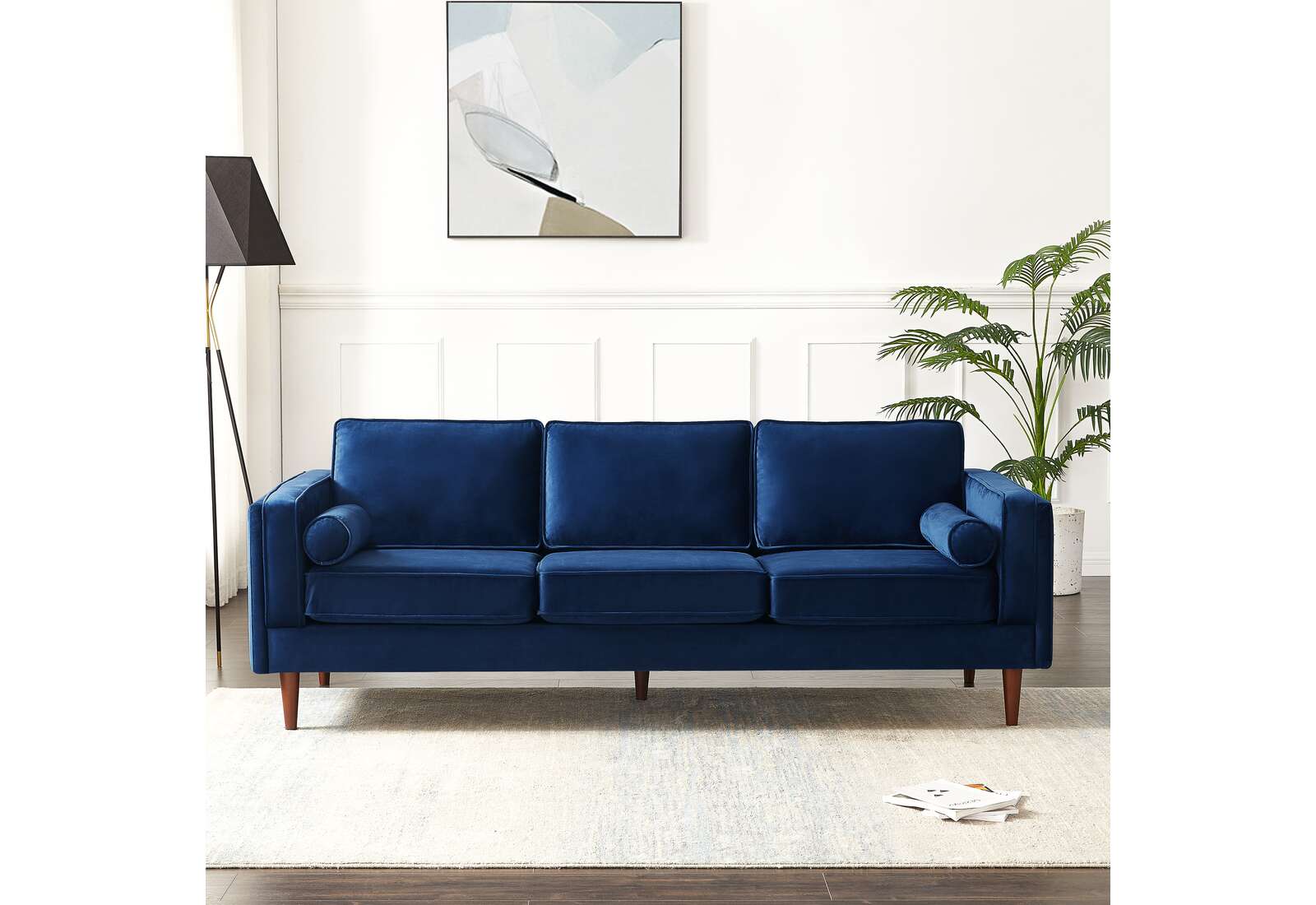
Throw Pillows and Cushions:
- Mix Textures and Patterns: Incorporate throw pillows and cushions in various textures, patterns, and sizes to add visual interest to your sofa. Mix and match complementary colors or experiment with contrasting hues to create depth and dimension.
- Play with Scale: Consider the scale of your sofa when selecting throw pillows and cushions. Large sofas can accommodate oversized pillows for added comfort and visual impact, while smaller sofas may benefit from a combination of smaller and medium-sized pillows.
Cozy Throws and Blankets:
- Layering for Warmth: Drape soft throws and blankets over the back or arms of your sofa to add warmth and coziness. Choose fabrics like faux fur, chunky knits, or fleece for a luxurious touch that invites relaxation.
- Color Coordination: Coordinate the colors of your throws and blankets with your sofa and decor palette to create a cohesive look. Alternatively, introduce pops of color or pattern for an eye-catching accent.
Decorative Accents:
- Accent Tables: Place accent tables or coffee tables near your sofa to provide convenient surfaces for drinks, books, or decor. Choose tables that complement your sofa’s style and scale, whether it’s sleek and modern or rustic and vintage-inspired.
- Lamps and Lighting: Incorporate table lamps or floor lamps to illuminate your seating area and create a cozy ambiance. Opt for adjustable lighting options to customize the brightness and mood according to your preferences.
Area Rugs:
- Defining the Space: Anchor your sofa with an area rug to define the seating area and add warmth to your room. Select a rug that complements your sofa’s color and style while allowing for sufficient space around the furniture.
- Layering Rugs: Experiment with layering rugs for added visual interest and texture. Pair a larger, neutral-toned rug with a smaller, patterned rug or sheepskin for a dynamic and cozy look.
Personal Touches:
- Artwork and Wall Decor: Hang artwork or decorative mirrors above your sofa to create a focal point and enhance the overall aesthetic of your living space. Choose pieces that reflect your personal style and complement your sofa’s design.
- Plants and Greenery: Introduce indoor plants or botanicals to bring life and freshness to your sofa area. Select low-maintenance plants like succulents or ferns to add a touch of greenery without overwhelming the space.

Conclusion:
Finding the perfect sofa length involves careful consideration of your living space, style preferences, and functional needs. By understanding standard sofa dimensions and following these tips, you can select a sofa that not only fits comfortably in your room but also enhances its overall look and feel. So, take your time, measure twice, and choose a sofa that brings both comfort and style to your living space.
